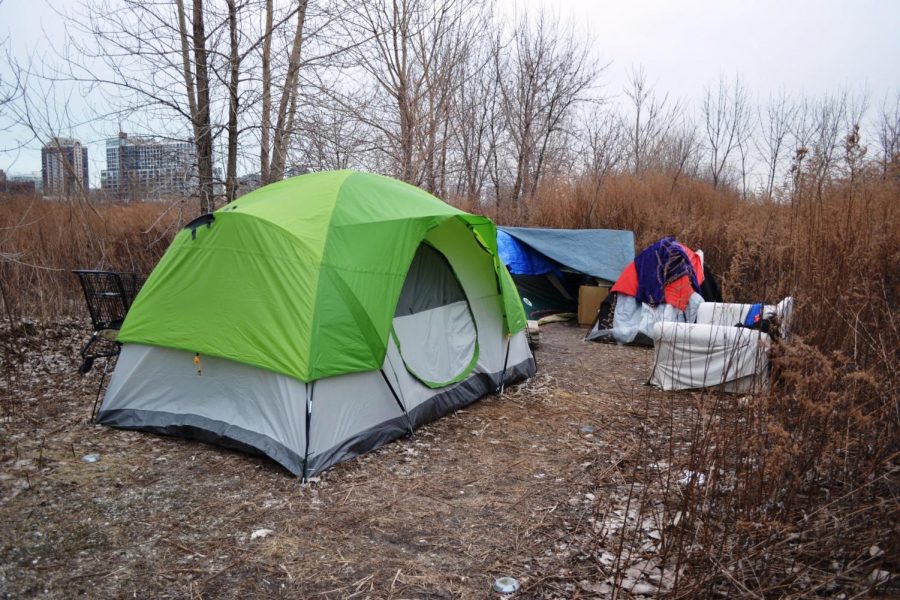I Won’t be Home for Christmas
How myths of Homelessness are being shattered
December 4, 2019
As the weather grows colder and the days grow shorter, and yet another Christmas season is upon us, it’s important to remember that thousands on Chicago’s city streets do not have families to go home to, heating to keep them warm, or even a roof over their head.
Homlessness has been around for as long as there have been cities, but new phrases like ‘working homeless’ and ‘homeless youth’ are becoming more and more prevalent, signifying a change in the way we should think about what it means to be homeless in Chicago and in America.
People can become homeless for any number of reasons. While most people associate homelessness with being laid off from a job, or just simply not getting a job in the first place, many other factors can play into winding up on the streets. Domestic violence, economic downturn, mental health crisis, and being fresh out of being incarcerated are just some of the many reasons a person can end up homeless.
On any given night in 2018, more than 500,000 Americans are homeless, according to the U.S. Department of Urban Housing and Development. In Illinois, that same number is over 10,000.
Our classic definition of homelessness is of someone who quite literally has no roof above their head, but many believe that it excludes many who are on the fringes of homelessness, or who are ‘doubling-up’ or sharing a room. Essentially, if the term ‘homeless’ is extended to everyone who doesn’t have a home address or fall into the category of ‘sheltered homeless’ that very same 500,000 number turns into 7.4 million. Makeshift shelters, temporary shelters, or “tent cities” are just some of the places that just over 2% of Americans call “home.”
This Christmas season, it’s critical to be able to recognize that homelessness comes in so many different shapes and sizes, and community leaders, as well as the general public, need to understand that. When you turn on your heat this winter, be grateful that you have a home address for the heating bill to go to.

